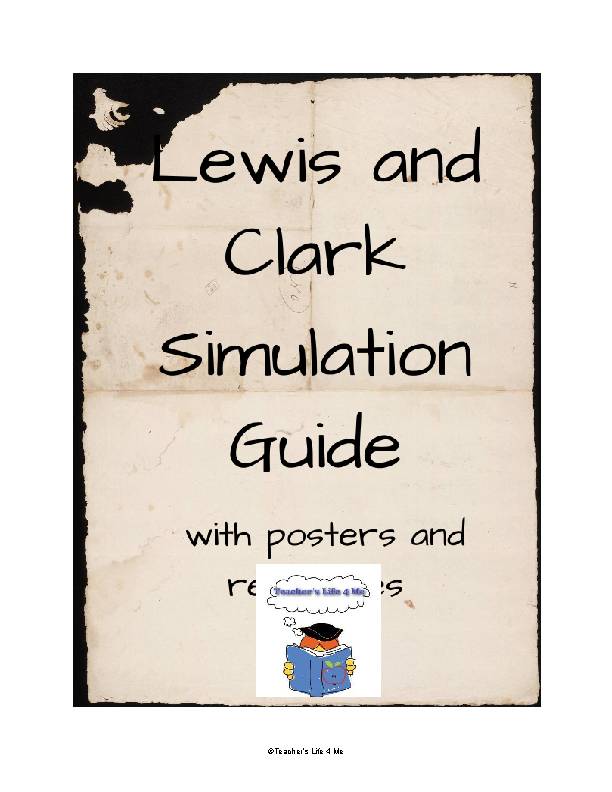A well-crafted syllabus is a crucial teaching aid that sets a course’s vision, intention, aims, tone, and expectations at the very beginning.
A well-crafted syllabus is a crucial teaching aid that sets a course’s vision, intention, aims, tone, and expectations at the very beginning.
In a practical sense, a syllabus will usually outline the vital elements of a course, including core topics, scheduling, and assignments. Yet it can also contain much more, which we will cover in this guide.

A syllabus is a document that guides teachers, students, and academic administration — in essence. It is an entire roadmap for the course. It can also be used at every educational level, from early years to college or university.
In essence, a syllabus gives students an overview of a course’s content and what is expected from them. It can also help place the course within the broader context of the program, curriculum, institution, discipline, and even the students’ life goals.
Its basic form can include elements such as a topic outline, schedule, testing, assignments, grading, and required reading. In a sense, you could see it as a form of ‘handshake agreement’ between teacher and class, where a mutual promise is made about what will be delivered by the instructor and what will be expected from the participants. But on a broader and more profound level, a syllabus can also help connect a course’s disparate elements — for instance, learning outcomes, assessment, and pedagogy.
In reflecting on how these elements connect, educators can design a more integrated course where they all come into sync. As a result, this can create a more focused approach from the teacher and a more cohesive experience for the students.
Overall, a syllabus can be practical, pedagogical, and even at times, philosophical (as it can incorporate an educator’s beliefs, ideals, and ethics about education).
A syllabus isn’t just one thing — it can serve many purposes. Here are some of its essential functions:
The clearer and more detailed a syllabus are to students, the less likely conflicts or complaints will arise during the course. This is because expectations and requirements are set at the very beginning. That said, a syllabus is only effective in this way if it is read in the first place. So it might be helpful to reflect on how you can encourage students to review the syllabus before commencing the course.
Also, aim to send your syllabus to your supervisors and the administration team before your course begins — and get it signed off in advance. Not only will this allow you to iron out any issues, but it will also ensure that everything is agreed upon before starting. So should a student complain about the course or its content later down the line, you can demonstrate that you got approval for the syllabus before commencement.
Creating a syllabus might be pretty daunting, depending on how much freedom you have in designing your course. If you have a wide range of options and directions that you can take, how do you start?
One useful approach is to ask yourself the following questions before devising your syllabus:
Taking this reflective approach might create better syllabi and, as a result, better courses. That is why it is helpful to see a syllabus as not just a professional document but a personal one. In other words, one that reflects your overall ideals and ethos around teaching and the contribution you want to make to your students’ lives — and even the world.
There are no fixed rules for what should be in a syllabus, as it all depends on the course, educational level, and institution expectations. That is why it is a good idea to consult with your supervisors or administration department before compiling yours — for instance, if you are new to an institution, there might be a set template they would prefer you to use.
Yet while every syllabus is different, key elements will usually include the following:
Beyond these essentials, here are some other elements that you might want to incorporate:
Of course, not every syllabus must include all of the above elements. It is all about context and your institution’s expectations.
Yet if there is a crucial rule of thumb to syllabus design, it is this — make it as well-thought-out and reflective as possible. Because when you have a clear vision for your syllabus, you have a clear vision for your course. This, in turn, will help you plan your teaching in a more focused and effective way, creating a better learning experience for students.